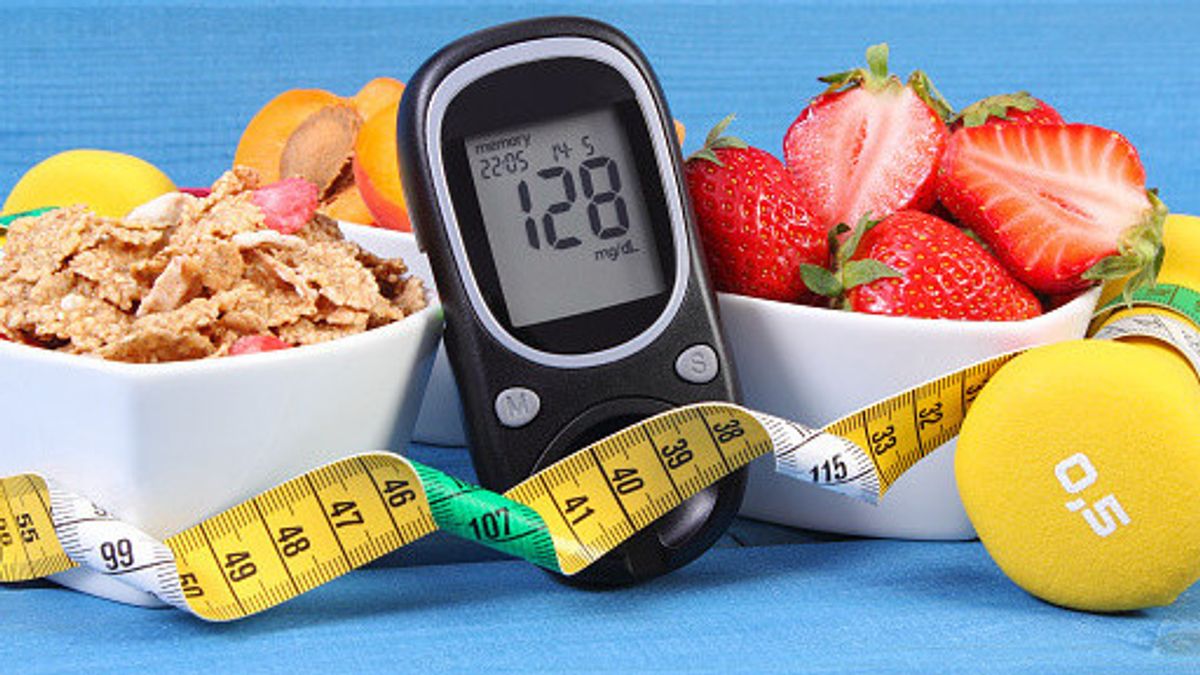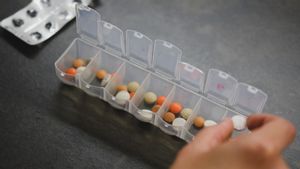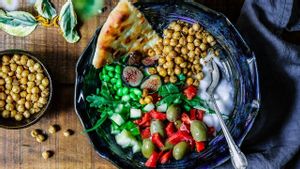YOGYAKARTA – Carbohydrates are an important macronutrient intake for the body in addition to fat and protein. For people with type 2 diabetes, they still need carbohydrates for the body's metabolism. But according to research published by BezzyT2D, Tuesday, July 19, monitoring carbohydrate intake leads to better blood glucose numbers.
Carbohydrates in the body are responsible for providing energy and the brain. Carbohydrates also have a big role in blood glucose. Well, carbohydrate counting is a way to make sure your body gets enough carbohydrates for daily activity energy sources without making blood glucose rise to unhealthy numbers. This method of calculating carbohydrates is basically mandatory for diabetics who take insulin at mealtime. The goal is that the insulin dose is not excessive. But for those of you who are trying to limit the amount of carbohydrates in food, you can do the following tips.
1. Recognize the types of foods that contain carbohydrates
The first step in counting carbohydrates is to identify the carbohydrates in the food you eat. Maybe in bread, pasta, or cake. However, in green vegetables, yogurt, and nuts also contain carbohydrates, you know.
Carbs are also hidden in pasta sauces, salad dressings, and protein bars. So, try to identify as much detail as possible about the food you eat. Especially where the carbohydrates are hiding.

2. Choose quality carbohydrates
When you eat carbohydrates, choose those that are loaded with nutrients and fiber. Stay away from foods with carbohydrates that have empty calories. More importantly, carbohydrates that contain fiber can slow the rate at which glucose enters your bloodstream. So, higher fiber will have less impact on your blood glucose. For example, peas, fruit, vegetables, and whole grains.
According to the Food and Drug Administration (FDA), every adult consumes at least 28 grams of fiber per day. Meanwhile, according to Harvard Medical School, most adults in the United States get less than half the ideal amount.
3. Set your target
When you ask, how much carbohydrate needs to be eaten in a day, there is no definite answer because many factors influence. Factors that influence include gender and the presence or absence of weight loss goals.
According to the recommendations of the Centers for Disease Control and Prevention (CDC), everyone's needs are different. But people with diabetes should aim to get about 45 percent of their calories from carbohydrates. But in practice, many people with diabetes aim for less than 45 percent. To ensure your goals, it is important to consult a specialist in diabetes care and nutrition.
For example, if your goal is 1,600 calories with 35 percent of those calories coming from carbohydrates. This means you can consume less than 560 calories. Since each carbohydrate contains 4 calories, you can set a carbohydrate intake of 140 grams per day. In more detail, 35 grams once a day and eat three times a day. For snacks, it can be 17-18 grams twice.

4. Pay attention to portion sizes when calculating carbohydrates
Generally, people measure carbohydrate intake, for example, rice, with a scale. If not using a scale, measure it based on your fist. Each fist is about 1 cup and a handful is about cup.
5. Test, track and customize
Because the size of each person is not certain, then you need to do testing or tracking which is then adjusted to the portion of your meal. After knowing the total targeted daily carbohydrates, calculate the effect of eating carbohydrates after each meal. Check blood glucose before eating and 2 hours after. If your blood glucose is high, the portion size may not be right for you.
On the other hand, if blood glucose remains stable or drops, it means you have consumed the portion and size according to your needs.
Another way to measure portions is the plate method. The trick, take one serving at a time. Divide it in half, and divide it in half again. In the largest portion, replace with non-starchy vegetables. Smaller portions, filled with lean protein. While the other small parts, fill with starchy foods such as brown rice or sweet potatoes.
Foods that need to be limited are foods that are high in carbohydrates but few in nutrients. Such as sweet and starchy from white sugar and white flour, potatoes, and white rice. Stay away from sweets completely, replacing them with whole-grain foods, sweet potatoes, or cauliflower rice. While good food, is a rainbow-colored food that is full of nutrients.
SEE ALSO:
The English, Chinese, Japanese, Arabic, and French versions are automatically generated by the AI. So there may still be inaccuracies in translating, please always see Indonesian as our main language. (system supported by DigitalSiber.id)


















